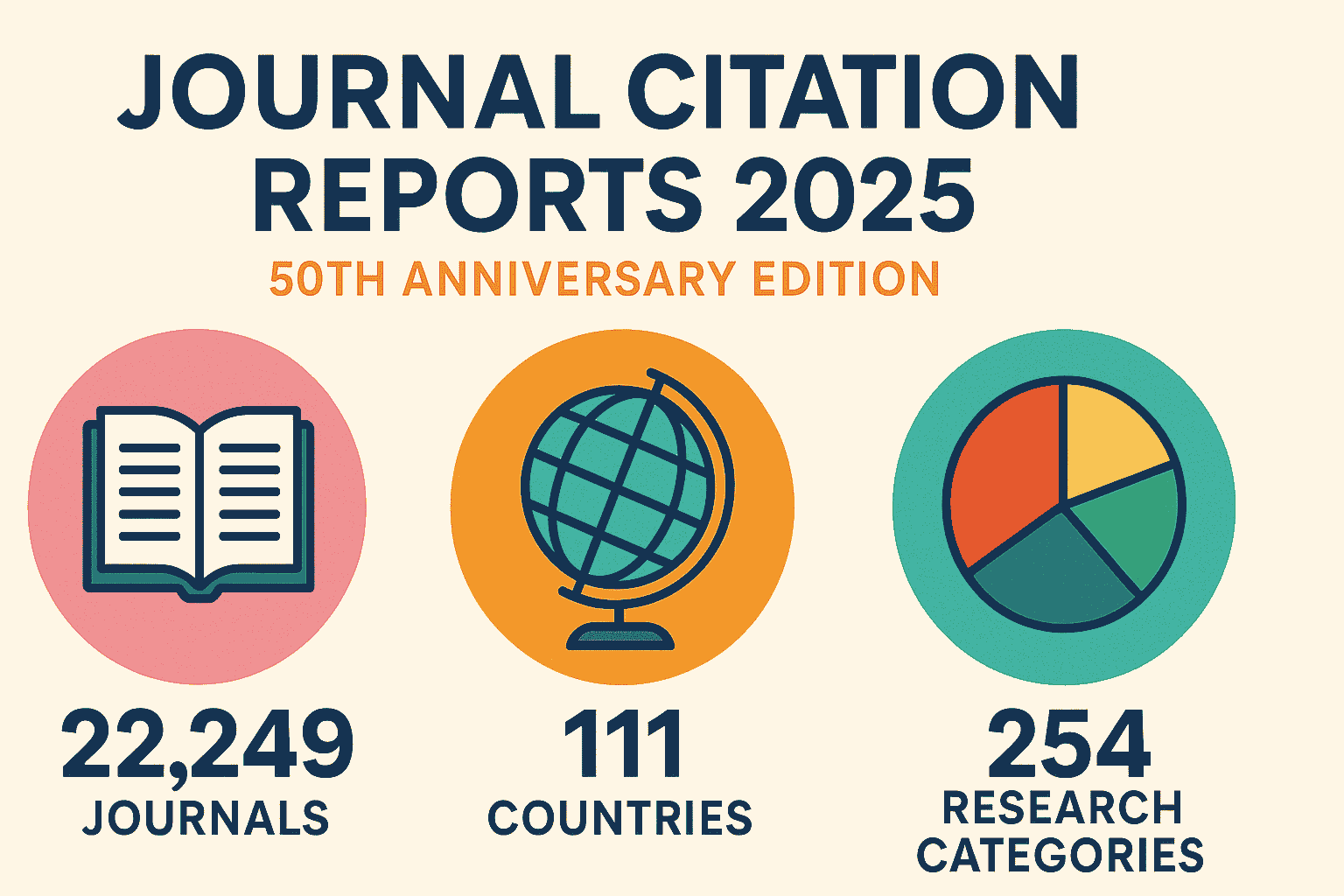The 2020 Nobel Prize in Chemistry was awarded for the development of CRISPR/Cas9, a method also known as “gene scissors,” which enables researchers to better understand how human cells function and stay healthy. Researchers at Read More
Tags :Physics News
Vertical farming offers a much-needed opportunity to secure food production in the face of climate change, but can it truly deliver a sustainable alternative to field-grown crops? A new study led by the University of Read More
In 2022–2023, a wall mural depicting a procession of priests walking toward a stationary fire altar was recovered at the Royal Palace at Sanjar-Shar. Summary In 2022-2023, archaeologists unearthed a significant mural fragment at the Royal Read More
The extraction, transportation and burning of planet-heating fossil fuels have a huge impact on people’s health that starts before they are born and lasts until they die, a report warned Tuesday. Summary A new Read More
If you think a galaxy is big, compare it to the size of the universe: it’s just a tiny dot which, together with a huge number of other tiny dots, forms clusters that aggregate Read More
Scientists detected a potential biosignature on Mars—an astrobiologist explains the
As the Perseverance rover traversed an ancient river valley in Mars’ Jezero Crater back in July 2024, it drilled into the surface and extracted a sample from a unique, striped rock called Cheyava Falls. The rover’Read More
Spotting stealth multiplets for better single-cell experiment design – New
Single-cell RNA sequencing (scRNA-seq) has revolutionized modern biology, allowing scientists to study the expression of genes from thousands of individual cells at the same time. This technique helps researchers identify different cell populations, study cellular Read More
Neutrinos are one of the most enigmatic particles in the standard model. The main reason is that they’re so hard to detect. Despite the fact that 400 trillion of them created in the sun are Read More
Ultrafast infrared light pulses trigger rapid 'breathing' in thin film
Cornell Engineering researchers have demonstrated that, by zapping a synthetic thin film with ultrafast pulses of low-frequency infrared light, they can cause its lattice to atomically expand and contract billions of times per second—strain-driven “Read More
'Publish or perish' evolutionary pressures shape scientific publishing, for better
While developing his theory of natural selection, Charles Darwin was horrified by a group of wasps that lay their eggs within the bodies of caterpillars, with the larvae eating their hosts alive from the inside-out. Read More







